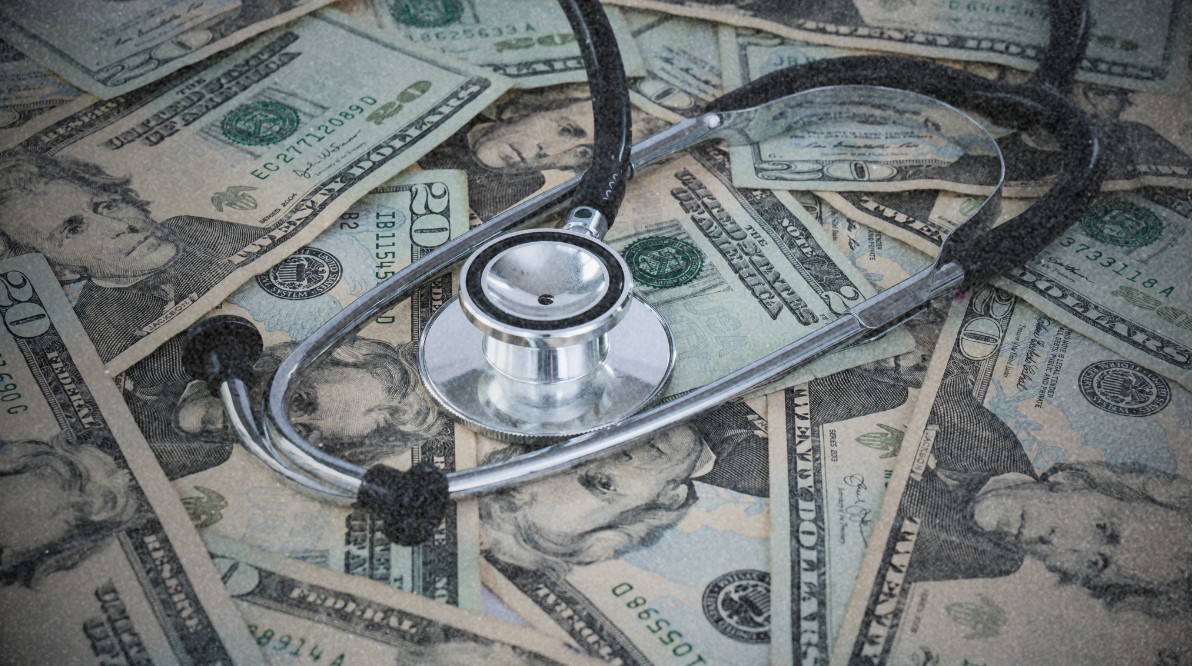Source: Cardinal & Pine
Medical debt is a major issue for many North Carolinians, but a new state initiative is aiming to change that. Below are key details about medical debt in North Carolina, who is affected, and the resources and rights available to help.
North Carolina has one of the highest rates of medical debt in the U.S., ranking 4th in the nation. In 2022, 20% of residents had medical debt in collections—equivalent to one in five people.
This issue is particularly severe in rural areas. For example, in Anson County and coastal Beaufort County, which have diverse populations, the rate of medical debt in collections is nearly four times higher than the state average.
Research shows that those with medical debt often delay or avoid necessary healthcare, potentially worsening their health outcomes in the long run.
Who is Most Impacted by Medical Debt?
Medical debt disproportionately affects lower- and middle-income families, especially communities of color. North Carolina’s hospital costs are high—ranking 20th nationwide—but wages in the state fall far behind. In a 2024 report, Oxfam America ranked North Carolina last in the U.S. for workers rights, making it challenging for many to pay their medical bills and avoid falling into debt.
What is Worsening the Medical Debt Problem?
High healthcare costs combined with low wages make medical debt hard to escape. Aggressive debt collection practices, such as selling debts to third parties or reporting them to credit agencies, add further strain on those already struggling.
What’s Being Done to Help?
Gov. Roy Cooper and the North Carolina Department of Health and Human Services (NCDHHS) have launched an initiative to address the issue. All 99 acute care hospitals in the state have agreed to participate in a program that will benefit approximately 2 million residents by:
- Relieving existing medical debt.
- Preventing future debt through capped payment plans.
- Protecting patients from aggressive debt collection practices.
What Medical Debt Relief Resources Are Available?
NCDHHS Medical Debt Relief Program: By July 1, 2025, hospitals will begin forgiving medical debt for Medicaid recipients dating back to January 1, 2014. Other residents with incomes up to 350% of the Federal Poverty Level (FPL) may also qualify for relief. If medical debt exceeds 5% of an individual’s income, hospitals will forgive debts older than two years, going back to 2014.
Dollar For: This national nonprofit helps patients eliminate medical debt by accessing charity care. You can check your eligibility through their online tool.
Payment Plans: Starting January 1, 2025, hospitals will cap payment plans at 36 months, with monthly payments not exceeding 5% of household income for those earning between 200% and 300% of the FPL.
What Are Your Rights Regarding Medical Debt?
Thanks to the new NCDHHS initiative, North Carolinians have several new protections:
- Debt Forgiveness: Hospitals will cancel medical debt for Medicaid recipients and low-income individuals with bills dating back to 2014.
- Payment Caps: For those earning 200%-300% of the FPL, hospitals will limit monthly payments to 5% of household income.
- Automatic Discounts: Starting in January 2025, patients enrolled in programs like SNAP, WIC, or Medicaid, or those experiencing homelessness, will automatically receive discounts of 50% to 100% on hospital services, depending on income.
- Interest Rate Caps: Medical debt interest will be capped at 3%.
- Credit Protection: As of July 2025, medical debt will no longer be reported to credit agencies, protecting your credit score.
- Restrictions on Collection Practices: Hospitals cannot sell your debt if you are low-income, and they cannot sue or garnish wages for medical debt.
How Will the Medical Debt Relief Program Work?
- Oct. 1, 2024: Hospitals began identifying medical debts eligible for relief.
- Jan. 1, 2025: Automatic charity care and discounts will take effect for qualifying patients.
- July 1, 2025: Full medical debt relief measures, including prohibitions on aggressive collection practices, will be fully implemented.
By July 2025, hospitals and debt collectors will face stricter limits on how they can pursue unpaid medical debts. For example:
- Hospitals cannot garnish your state tax refunds or report medical debt to credit bureaus.
- Hospitals cannot take legal action if an insurance appeal is pending within 60 days.
- Debt cannot be sold to third parties until 120 days after the first bill is issued, and only if the patient’s income is above 300% of the FPL.
What if My Medical Debt Wasn’t from a Hospital?
While this program applies to North Carolina’s participating hospitals, many hospitals offer charity care that goes beyond this initiative. Be sure to check with your provider for potential relief options.
Bottom Line
If you are struggling with medical debt in North Carolina, you are not alone. There are new protections and relief programs available to help ease the burden. Know your rights, explore available resources, and seek help if needed.





